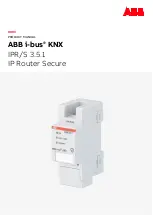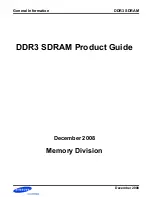Operation Fundamentals
Bus State Analyzer Commands
MMDS0508OM/D
MOTOROLA
Operation Fundamentals
75
command will specify the format for displaying timetag data in the
analyzer data screen. The set BSA display mode (BSAMODE)
command will specify the format for displaying records in the analyzer
data screen. Subsequently, pressing the F4 key will display the data to
the screen without requiring another data upload.
The analyzer can be set up to detect up to four trigger events, referred
to as event A, event B, event C and event D. If a captured record is one
of the four trigger events, the event will be displayed in the BSA data
screen. To quickly see where an event A first occurred in a set of
captured analyzer data, use the go to next A event (NEXTA) command
to display the bus analyzer data of the first A event. Executing the
command again will find and display the next event occurrence. If no
more events exist, the last captured cycle is displayed. Identical
commands for events B, C, and D are also available.
The go to next event (NEXTE) command searches for and displays the
next occurrence of any of the four possible events.
The print trigger (SHOWTRIGGER) command finds the first occurrence
of a trigger event in the bus state analyzer data.
The first and last 20 records of analyzer data can be saved to an open
log file by first using the upload trace buffer (GETBSA) command to
upload the analyzer data. The go to trace buffer start (HOMEBSA)
command followed by a log bus state analyzer (SCREENBSA)
command will save the opening records in the bus state analyzer data to
an open log file. The go to trace buffer end (ENDBSA) command
followed by a log bus state analyzer (SCREENBSA) command will save
the ending records in the bus state analyzer data to an open log file.
The display trace buffer (SHOWBSA) command will dump ranges of
analyzer data to the debug window.
F
re
e
sc
a
le
S
e
m
ic
o
n
d
u
c
to
r,
I
Freescale Semiconductor, Inc.
For More Information On This Product,
Go to: www.freescale.com
n
c
.
..


















